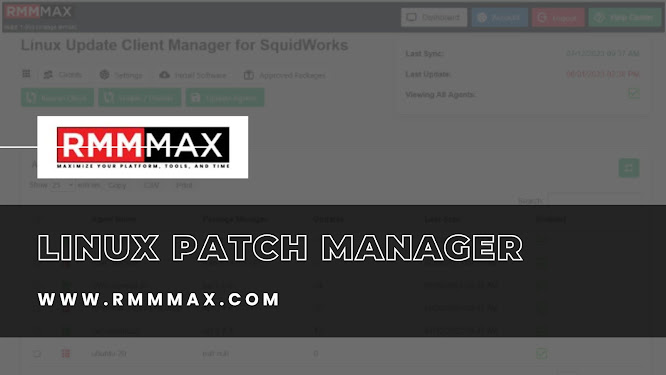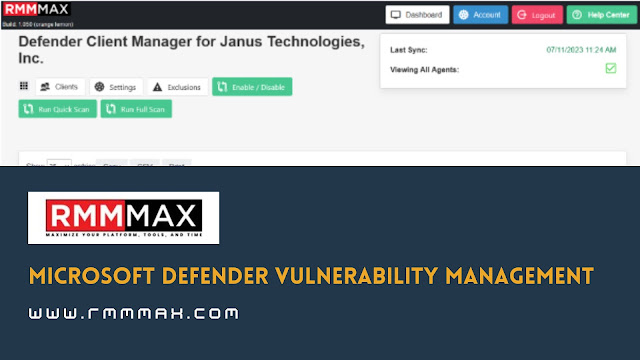Streamlining System Updates: Unraveling The Power Of Linux Patch Manager
In the realm of operating systems, Linux stands tall as a robust and customizable solution for diverse applications. One critical aspect of maintaining a Linux-based system is ensuring it remains fortified with the latest security patches and feature enhancements. In this blog post, we'll delve into the world of Linux Patch Manager, exploring their significance and how they contribute to the seamless management of system updates. Efficiently handling patches is crucial for bolstering security and optimizing performance in the ever-evolving landscape of technology. Linux Patch Managers play a pivotal role in streamlining this process, ensuring a secure and well-performing system environment.
Understanding The Need For Linux Patch Managers
Keeping a Linux system secure and up-to-date is a perpetual challenge, given the ever-evolving threat landscape and the continuous development of open-source software. Linux Patch Managers emerge as a crucial tool to bridge the gap between system administrators and the multitude of updates released regularly.
The Functionality Of Linux Patch Managers
Automated Patch Deployment
A Linux Patch Manager plays a crucial role in automating patch and update deployment. This vital function not only saves time but also reduces the risk of human error, ensuring the swift application of critical security patches. It enhances system reliability and security by streamlining the process of managing and implementing necessary updates.
Version Control And Rollback
Linux Patch Managers often come equipped with version control mechanisms, allowing administrators to keep track of the changes made during each update. Moreover, they provide a safety net by offering rollback options in case an update causes unforeseen issues, facilitating a quick return to a stable system state.
Advantages Of Using Linux Patch Managers
Enhanced Security
By automating the application of security patches, Linux Patch Managers play a pivotal role in fortifying the system against potential vulnerabilities. This proactive approach reduces the window of exposure to security threats, bolstering the overall security posture.
Time And Resource Efficiency
Manual updates can be time-consuming, especially in large-scale deployments. Linux Patch Managers alleviate this burden by automating the update process, freeing up valuable time for system administrators to focus on more strategic tasks.
System Stability
The ability to roll back updates ensures that system administrators can quickly address any issues that may arise after an update. This feature contributes significantly to system stability, preventing disruptions to critical operations.
Conclusion
In the ever-evolving landscape of Linux systems, staying on top of updates is paramount for security and performance. Linux Patch Manager emerged as an indispensable tool, streamlining the update process, enhancing security, and contributing to the overall stability of the system. The choice of a Linux Patch Manager depends on the specific distribution and requirements. Embracing these tools empowers system administrators to navigate the complex terrain of updates with confidence, ensuring that their Linux systems remain resilient and up-to-date in the face of evolving challenges. Whether it's the seamless integration of security patches or the optimization of system performance, these managers play a crucial role in fortifying the Linux ecosystem.



Comments
Post a Comment